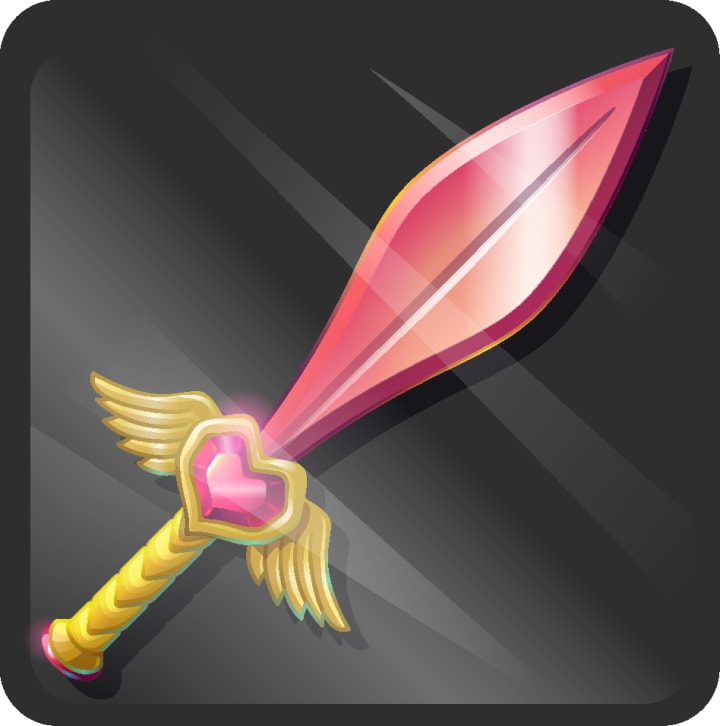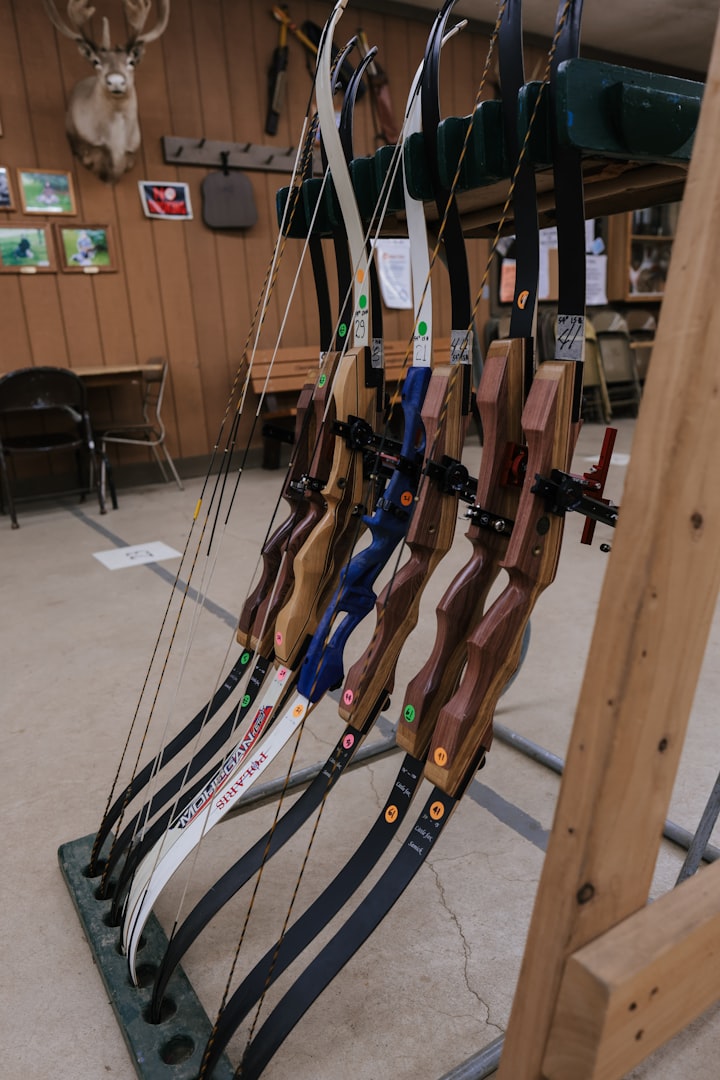
When a Sword is More Than a Sword - Writing Tips for Fantasy Authors
By: J.E. Keys
So your character carries a sword, eh? Right nice swords are. A very versatile weapon that plenty of prominent characters have found extensive ways of mastering the blade. But while unique fighting styles are wonderful, they’re only a portion of what makes up your character’s combat persona. Commonly, the blade itself carries every bit as much importance as another character’s magic system. Really? Yes — really.
I was shocked too when I first realized exactly how much detail I needed to bring my main character’s weapon of choice to life! At the time it was overwhelming, but the more time and effort I put into developing the concept of their weapons, the more I saw my characters and world blossom right before my eyes!
Still don’t believe me?
Stop and think about it for a moment. Think of two iconic swords you can remember. The first one for me that always comes up is Star War’s Lightsaber. What makes a Lightsaber unique? Well, the blade is made of light, not metal. Another one is Squall’s Gunblade from Final Fantasy VIII. Sure, it’s made of the same materials as a regular sword, but it has this whole other function of acting as a firearm. In some ways, these weapons became as iconic as the franchise itself.
Star Wars, Final Fantasy, and many others could do so by treating their weapons as more than just what they are — weapons, and more like characters of their own.
When developing the sword, or well, this could really be used for any type of weapon, not just a sword, keep some of the following things in mind. Remember, some of these details you’ll want to sprinkle into the world-building, but not all! Some are just as important for you to know for continuity’s sake.

Sample Outline:
What is this weapon made of?
Examples:
- Wood that goes through a “hardening” process of some kind.
- Glass that is magically imbued not to break.
- “Substance X” that's forged in a kiln or other technology.
How is this weapon sharp?
- Is there a special sharpening process?
- Does the weapon get dull?
- If it does not get dull, what keeps it sharp?
How heavy is this weapon?
- Typically weapons are as light as possible, the lighter the better!
- You don’t want to be swinging something exceptionally heavy when your life is on the line!
- You’ll want to account for the weight of your weapon and make sure your characters are experiencing those characteristics.
- Obviously, if you make your weapon heavy, your character will need to account for that weight.
Is there something that makes this weapon extraordinary?
- Is it a legendary weapon? If so, what’s the legend, and who knows it?
- Is it cursed? Who cursed it? What does the curse do? How is the curse broken? (Even if your readers do not know this, you should!)
- Can anyone wield it? Can only one person wield it? What happens when others try? Example: Thor’s Hammer from Marvel
- Does it have any special abilities? Magic? Poison?
- Does it require extra training? Is it dangerous in the hands of a novice?
- Other attachments? Example: Squall’s Gunblade from Final Fantasy VIII
- Does something give it these special abilities? Example: Power crystals, incantations, engravings.
What is the weapon’s backstory?
- Is it one is thousand or is it special?
- What makes it special?
- Where did it come from?
- Where was it made?
- Was it made solo or was it part of a set?
- Who made it?
- How did your character find it?
- Was it meant for your character?
- Was it chance that they found it?
- Was it a gift?
- Did they buy it?
- How much was it?
Does it behave expectedly?
- How does it respond to being wielded by your character?
- Does it come easy or does the character struggle?
- Did the sword have the abilities they expected or not? What were they? What didn’t they do? What couldn’t they figure out?

A few more things…
There are several keywords when talking about swords. (Well... there are several keywords when talking about any weapons, but for now, we’re just talking about swords.) In writing, it is not always wise to bombard your reader with specific keywords, however, some are usually required. Stick to the basic ones, the ones that reach just outside the realm of common knowledge, but are still prevalent in popular culture. (This is not advice I would give to anyone writing historical fiction. Since historical fiction thrives on historical accuracy, sorry to say, but that genera simply requires more research than most others.)
Below are some that I’ve read in prominent fantasy stories.
Sword Keywords
Pommel - The very bottom of the sword. This is usually round but can be in other shapes.
Hilt - The pommel connects to the hilt. This is where the sword is gripped.
Guard / Crossguard - This piece protects the wielder’s hands from the blade portion. Depending on the type of sword, the appearance of these verses greatly, and some don’t have one at all.
Fuller - This is a groove down the center of the blade. A common technique to lighten the blade.
Edge - This is the sharp part of the sword. Swords can have one edge, or sometimes two.
Point - Self-explanatory, this is the point or tip of the blade.

Types of Swords
There are many different kinds of swords, and they vary in design as much as anything else does. In our own history, every culture has its own unique type. Many you’re probably familiar with, like the Japanese Katana, or the European Longsword, but there are designs from all over the world. Notice the differences and similarities in their parts, these help make them distinct from their classifications.
Here’s a shortlist of different swords to check out for inspiration! But don’t forget to get creative! Your weapon should have its own history, its own culture’s influence, and its uniqueness.
Sabre
Rapier
Cutlass
Epee
Estoc
Claymore
Khopesh
Sapatha
Short Sword
Falchion
Great Sword

In conclusion...
A weapon of choice, such as a sword, is another excellent opportunity to add depth to your character and world. While not all details need to be addressed to the reader, having them outlined will help you explore the possibilities of plot twists and backstory through the narrative. This might be the very thing that makes a good story and makes it great.
Looking for more?
I post new articles and short stories all the time!
Be sure to follow me on social media to get all the updates.
I also host a daily vocabulary series, Words365, where we define an uncommon word every day!
You can find all my profiles here: jekeys.com/connect
And if you want to explore my backlist of publications, you can find links to them all here: jekeys.com/author-library
About the Creator
J.E. Keys
I write space adventures and spend way too much time talking about words. Writing is a hobby for me. I’ve been crafting stories, dreaming up worlds, & making characters for so long I decided to share what I have created with the world.






Comments
There are no comments for this story
Be the first to respond and start the conversation.